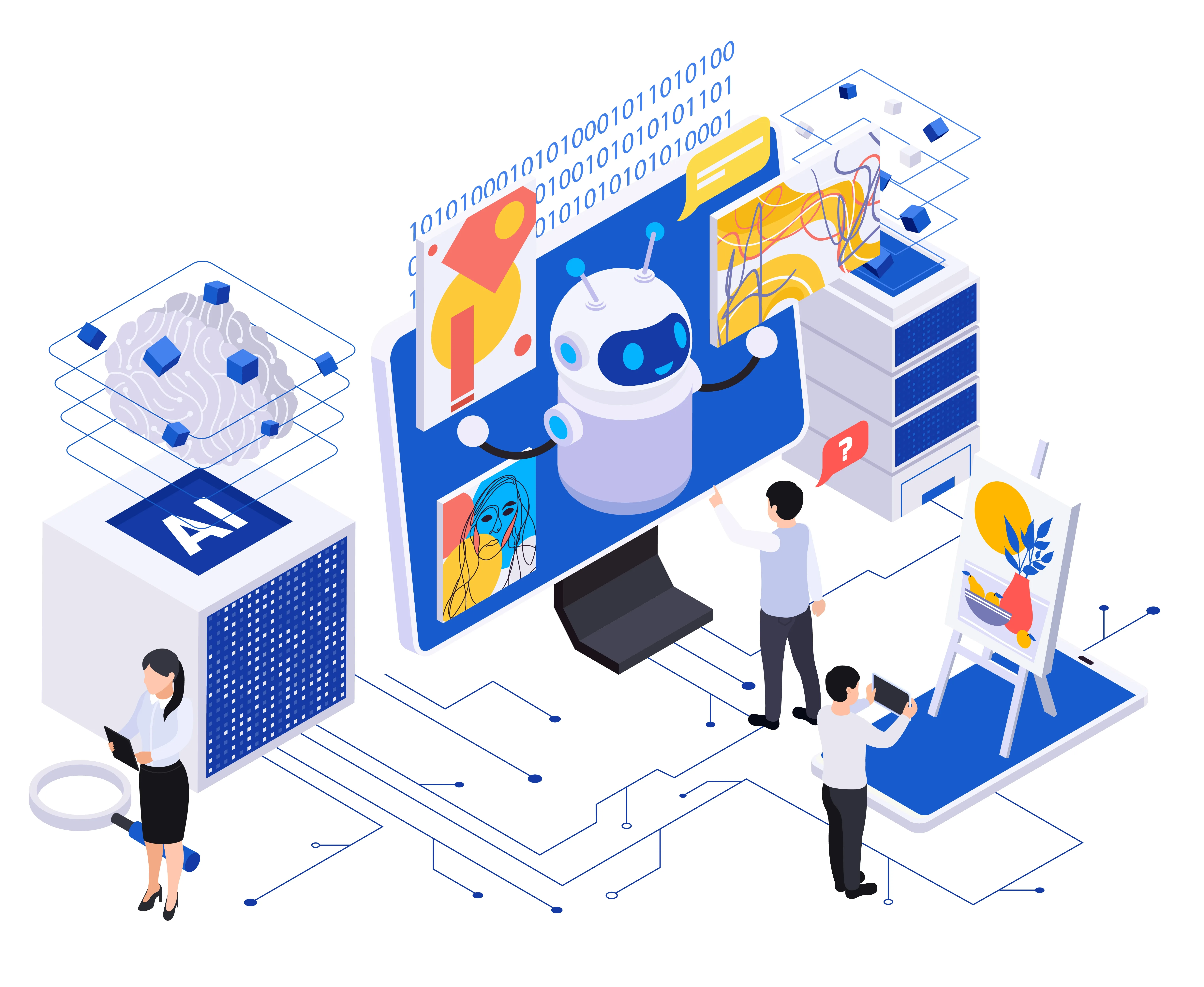
GPT-5 Explained: Features, Performance, Industry Impact & Future of AI
GPT-5 is the latest breakthrough in OpenAI’s family of large language models—bringing smarter reasoning , seamless multimodal capabilities , and improved safety systems . It unifies use cases across conversation, coding, research, and enterprise automation.
- Release: 2025 by OpenAI
- Key Upgrade: Unified model architecture with seamless context management
- Capabilities: Advanced reasoning, multimodal input, improved safety guardrails
- Applications: Writing, coding, research, customer service, education, automation
- Industry Impact: Accelerated AI adoption across sectors
Unlike earlier releases that nudged users between specialized models, GPT-5’s unified architecture adapts to the job at hand—making powerful AI accessible for students, developers, teams, and enterprises alike.
Below, we unpack what’s new in GPT-5 , how it compares , and why it’s seen as a turning point for AI .
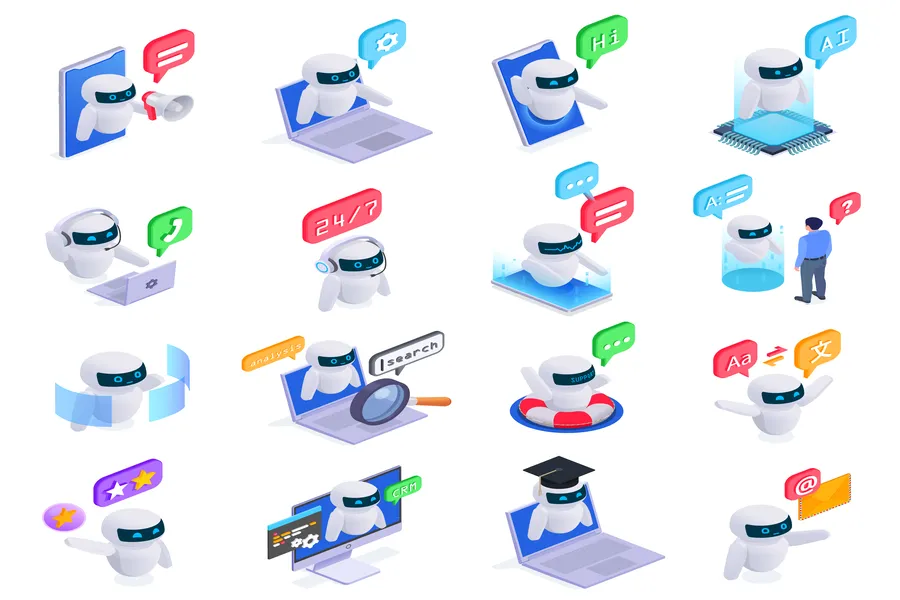
What Is GPT-5? The Evolution of OpenAI’s Language Models
From GPT-1 to GPT-4
- GPT-2 : Nuanced text generation and early reasoning.
- GPT-3 : 175B parameters; fluent conversation, coding, and creative writing.
- GPT-4 : Multimodal inputs, stronger safety, broader context windows.
Now, GPT-5 sits at the cutting edge with major gains in reasoning, flexibility, and coding performance.
Why the Jump Matters
GPT-5 brings a new model architecture with seamless context, deeper reasoning, and improved safety—reducing friction across use cases from chat to enterprise workflows.

GPT-5 Features & Capabilities
Enhanced Reasoning & Intelligence
A refined context engine strengthens multi-step problem solving in math, logic, and structured tasks—leading to higher accuracy and better instruction following.
Coding & Debugging
- Code generation: Scaffold apps, write files, manage deps, preview outputs.
- Debugging: Surface bugs across large repos and complex UIs.
- Adoption: Popular with developer tools like Cursor and Databricks.
Steerability & Modes
Control tone and reasoning depth via modes such as Auto , Thinking , and Pro . Smaller Mini/Nano variants optimize for speed and cost.
Multimodal Abilities
- Image & video understanding alongside text analysis.
- Audio processing for voice and command handling.
- UI generation from prompts for rapid prototyping.
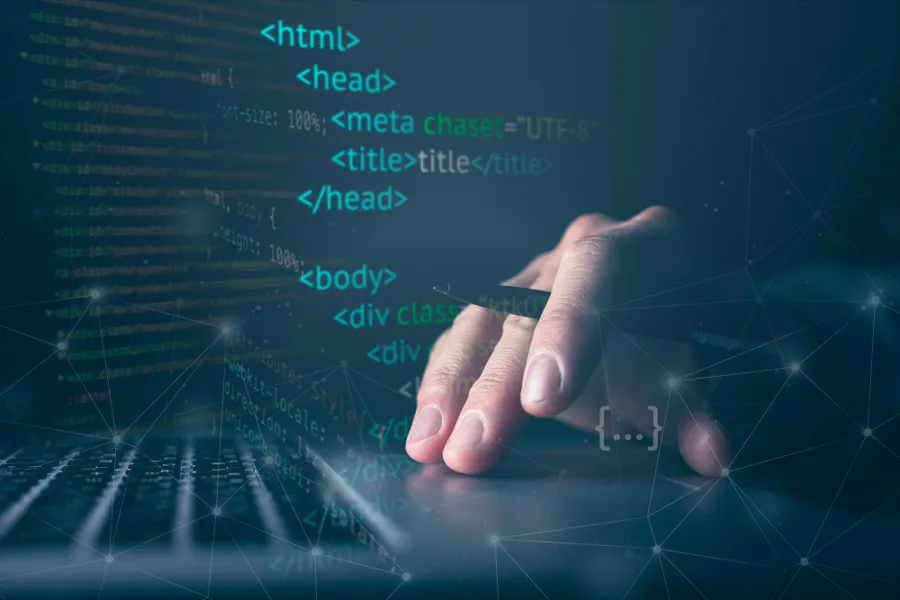
How Does GPT-5 Work? Technical Innovations
Architecture & Training
GPT-5 leverages a refined transformer architecture trained on multimodal data (text, code, images), focusing on cleaner datasets to reduce bias and hallucinations.
Context Engine & Model Routing
- Longer context windows for better recall and coherence.
- Routing selects the ideal sub-model/reasoning depth automatically.
Azure Integration
- Scalability: Enterprise deployment with performance SLAs.
- Governance: Security, compliance, and cost control baked in.
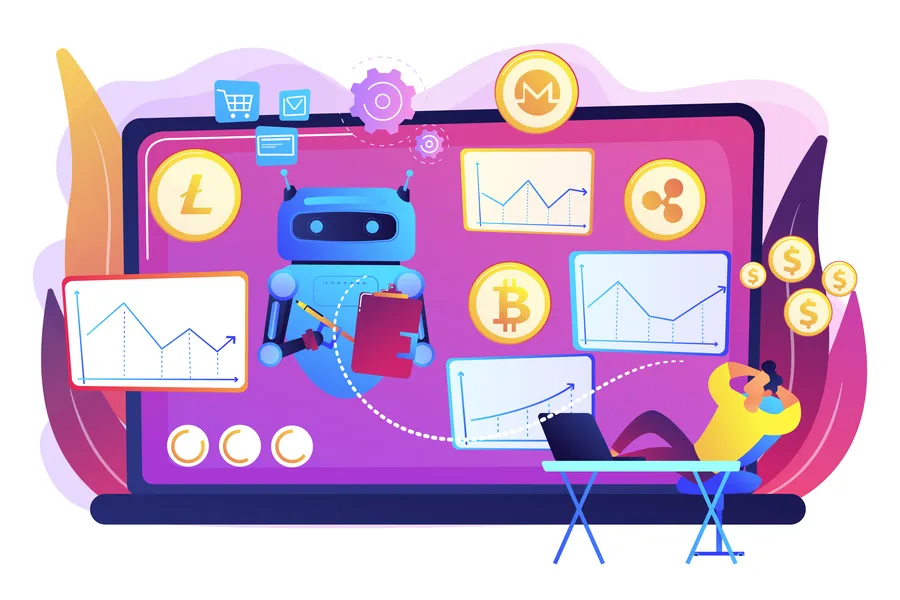
GPT-5 Availability & Access
ChatGPT Integration
GPT-5 powers ChatGPT across web, iOS/Android, extensions, and partner integrations. See our ChatGPT guide .
API & Pricing
API access includes full, mini, and nano models—priced by capacity and usage. Bulk and enterprise tiers are available.
Developer Adoption
Platforms like Cursor, Botpress, and Databricks support GPT-5 for code gen, debugging, and advanced context flows.
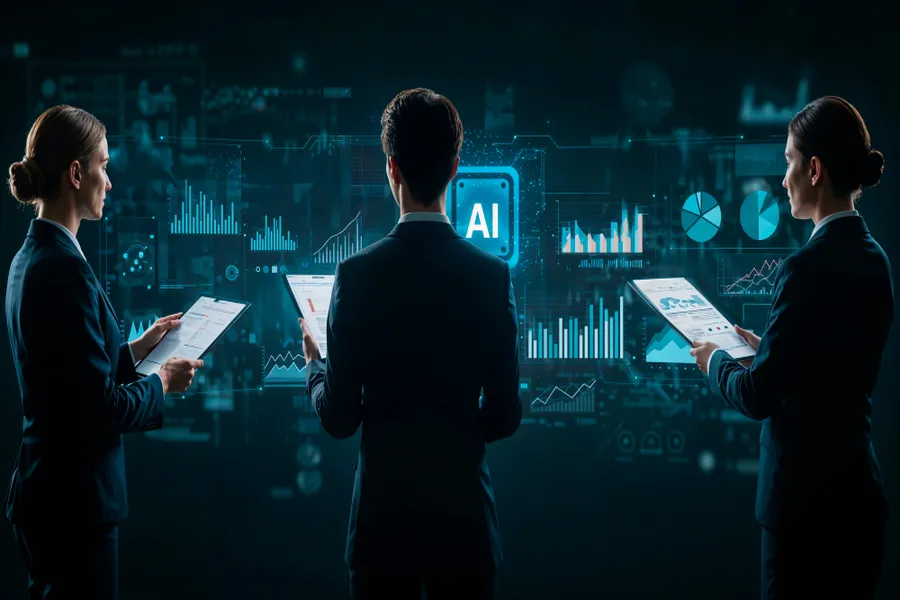
Real-World Applications of GPT-5
Software Development
- Project scaffolding & live previews
- Bug detection with clear explanations
- Great for learning & pro workflows
NLP & Knowledge Work
- Complex Q&A and reasoning
- Summarization & translation
- Sentiment & intent analysis
Business Automation
- Email/report drafting, insight generation
- Spreadsheet analysis and visualization
- Scheduling, reminders, task automation
Creative Work
- Long-form content, marketing copy
- Story ideation and world-building
- UI concepting and layout suggestions
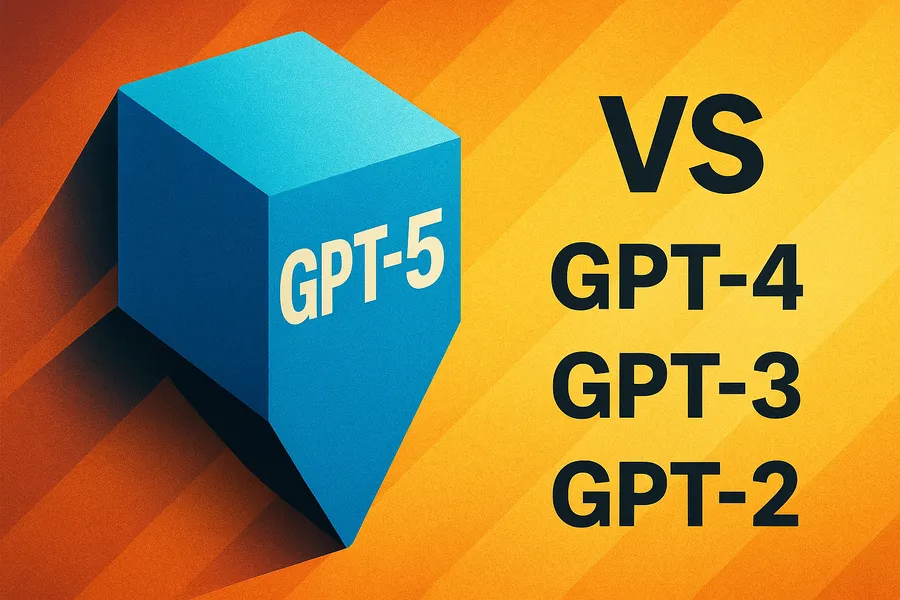
How GPT-5 Compares to Previous Models
Benchmarks & Reliability
- Coding: Outperforms GPT-4 on industry tests.
- Reasoning: Higher logic/math scores.
- Speed: Faster, especially Mini/Nano.
Lower Hallucination
- Cleaner data & better reasoning checks
- Real-time feedback loops
Practical Gains
- Higher reliability for mission-critical work
- Safer deployment in regulated settings
- Greater trust from stakeholders
Industry Impact & Future Directions
Enterprise Adoption
- Customer Service: Empathetic, accurate automation
- Finance: Forecasting, compliance, reporting
- Healthcare: Triage, communication, research
Ethics & Safety
- Reduced bias & stronger guardrails
- Transparent model documentation
- Monitoring & rapid risk response
What’s Next?
- Deeper multimodality (video, 3D)
- Smarter autonomous agents
- Integration with IoT & robotics
Key Points: GPT-5 at a Glance
- Release Date: Aug 7, 2025
- Developer: OpenAI + Microsoft Azure
- Highlights: Reasoning, coding, multimodal
- Modes: Auto, Thinking, Pro; Sizes: regular, mini, nano
- Strengths: Coding, debugging, context mgmt, steerability
- Uses: Dev, automation, creative, research
- Availability: ChatGPT, API, third-party tools
- Impact: Fast enterprise adoption & safer tooling
Frequently Asked Questions (FAQs) About GPT-5
What is GPT-5?
GPT-5 is OpenAI’s newest LLM with superior reasoning, coding, and multimodal abilities vs. GPT-4.
How do I access GPT-5?
Use it via ChatGPT , the OpenAI API, or third-party platforms like Cursor and Databricks.
What makes GPT-5 better than GPT-4?
Improved reasoning, fewer hallucinations, stronger coding help, and multimodal input with configurable modes.
Is GPT-5 safe?
It includes enhanced safeguards and clearer documentation to reduce misuse and unintended behavior.
Which industries benefit most?
Software, finance, healthcare, support, creative industries, and education.
Can GPT-5 do images or video?
It expands multimodal support (images/audio), with research progressing toward richer video/media.
How is GPT-5 priced?
Pricing varies by model size and usage; enterprise and bulk tiers are available.
What are the ethical concerns?
Focus areas include safety guardrails, bias reduction, and transparency in deployment.
Conclusion
GPT-5 represents a meaningful leap in practical AI—combining stronger reasoning, coding, and multimodal features with improved safety. It’s reshaping workflows, accelerating innovation, and opening new creative frontiers. As the ecosystem evolves, GPT-5 looks less like a single release and more like the foundation for a more intelligent, adaptive, and responsible AI era.





